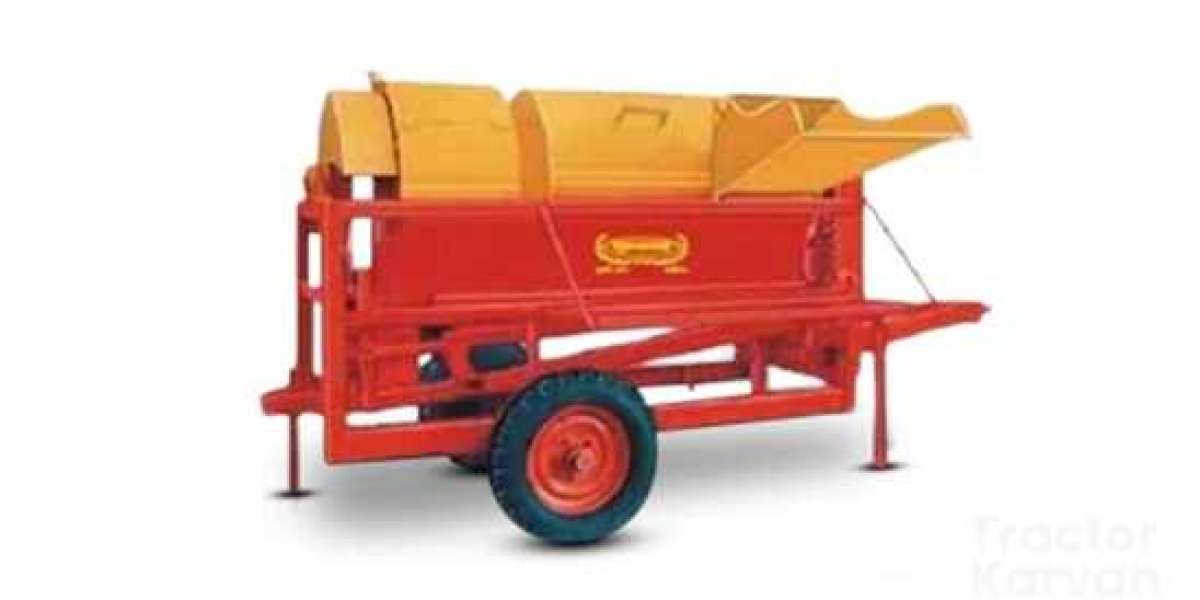In the annals of agriculture, the evolution of farming equipment has significantly influenced the way societies cultivate their lands. One such transformative invention that revolutionised farming practices is the threshing machine implement. Historically, separating grains from their husks was a laborious and time-consuming task, but with the advent of threshing machines, farmers experienced a remarkable leap in productivity and efficiency. This blog delves into the history, working mechanism, and the impact of threshing machine implements on agriculture.
Historical Roots
The origins of threshing machines can be traced back to the early 18th century when simple hand-cranked devices were employed to separate grains from chaff. However, it was not until the 1780s that the first mechanical threshing machine was patented in England by Andrew Meikle. These early machines were horse-powered and operated by a series of rotating beaters and sieves, allowing for a more rapid and automated separation process.
The Working Mechanism
Threshing machines, in their essence, automate the process of separating grain crops from their stalks and husks. Modern threshing machines utilize a combination of rotating drums, blades, and sieves. The harvested crop, often in the form of bundles, is fed into the machine. The rotating drums beat the crop, dislodging the grains from the stalks. Simultaneously, sieves and fans separate the grains from the chaff and other debris, ensuring that only clean, ready-to-use grains are collected.
Impact on Agriculture
The introduction and widespread adoption of threshing machine implements brought about a multitude of advantages to agricultural practices:
- Increased Efficiency: Threshing machines dramatically increased the speed of threshing, enabling farmers to process larger quantities of crops in significantly less time.
- Labour Savings: Prior to threshing machines, separating grains from chaff was a labour-intensive task that required a considerable workforce. Threshing machines reduced the need for manual labour, allowing farmers to allocate their workforce to other essential tasks.
- Boost in Agricultural Output: With the time and labour saved, farmers could cultivate larger areas of land, leading to increased agricultural production. This surplus food played a crucial role in supporting growing populations, especially during periods of industrialization.
- Technological Innovation: The development of threshing machines spurred further innovations in agricultural machinery. As technology advanced, threshing machines became more efficient, reliable, and easier to operate, continuing to enhance agricultural productivity.
- Economic Impact: By streamlining the threshing process, farmers could bring their products to market more quickly, leading to increased economic opportunities and trade within regions and nations.
Conclusion
Threshing machine agriculture implements stand as a testament to human ingenuity and innovation in the realm of agriculture. By alleviating the burden of manual labour and significantly increasing efficiency, these machines have played a pivotal role in shaping modern agriculture. As technology continues to advance, the future holds the promise of even more sophisticated and efficient threshing solutions, further revolutionising the way we cultivate and harvest our crops. In essence, the evolution of threshing machines is not just a historical achievement; it is a continuing narrative of progress that sustains societies and economies around the world.








